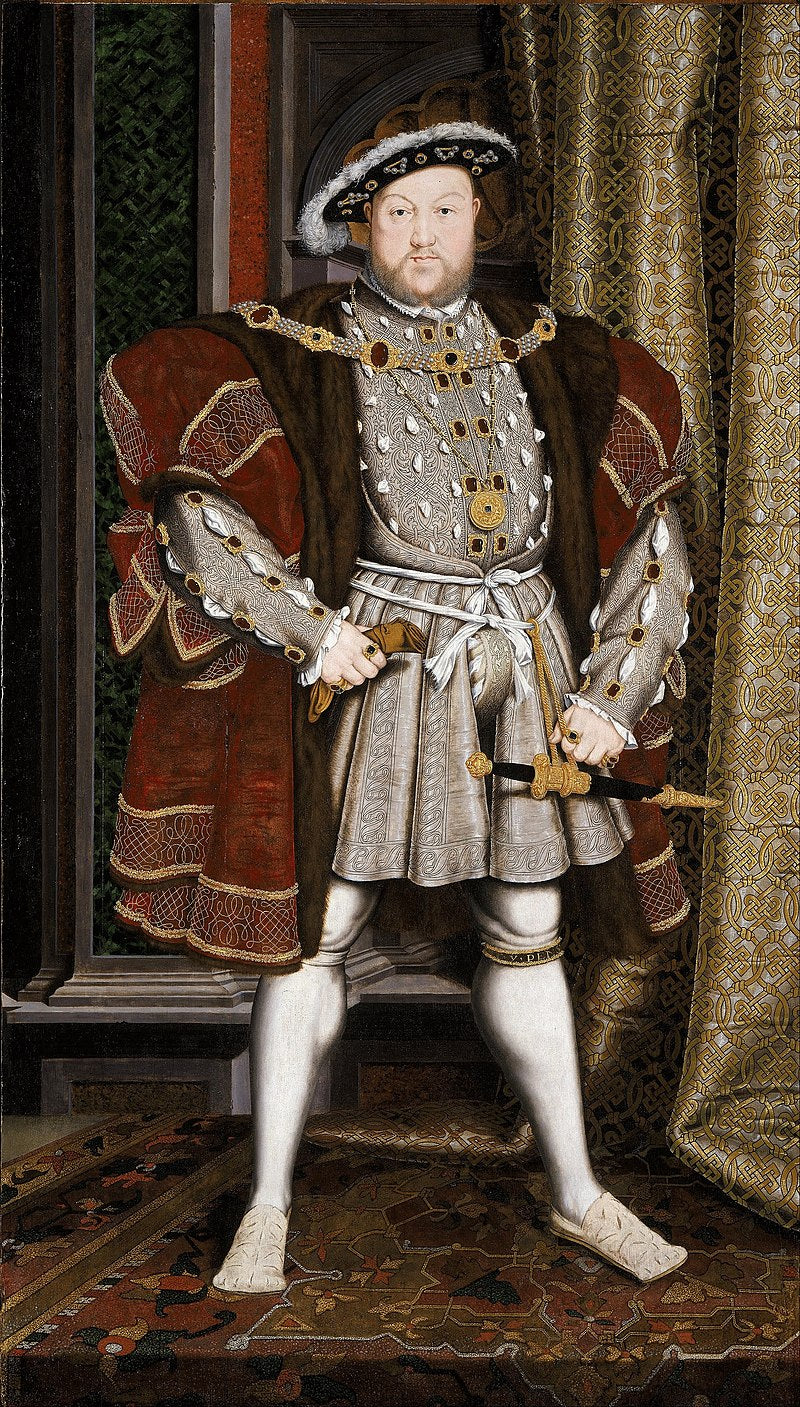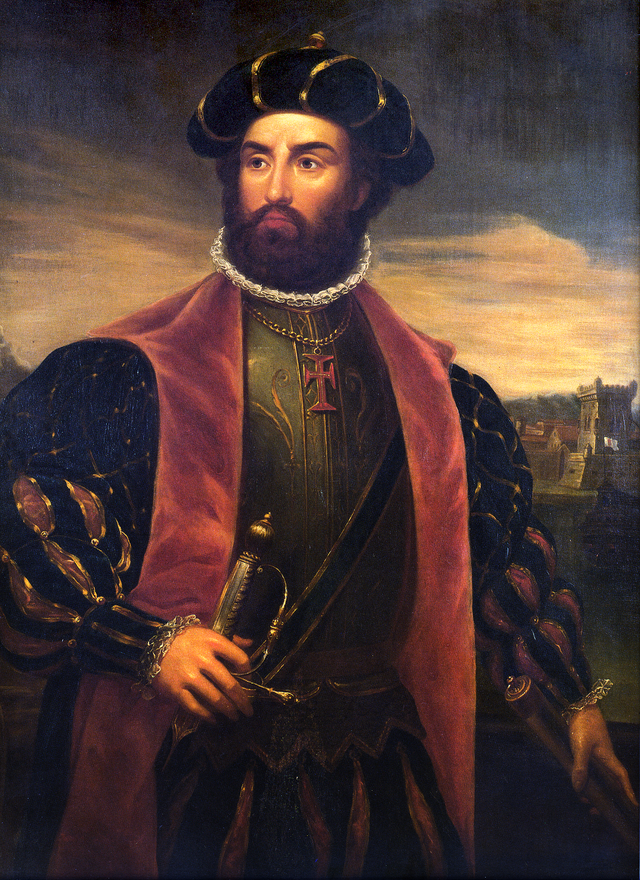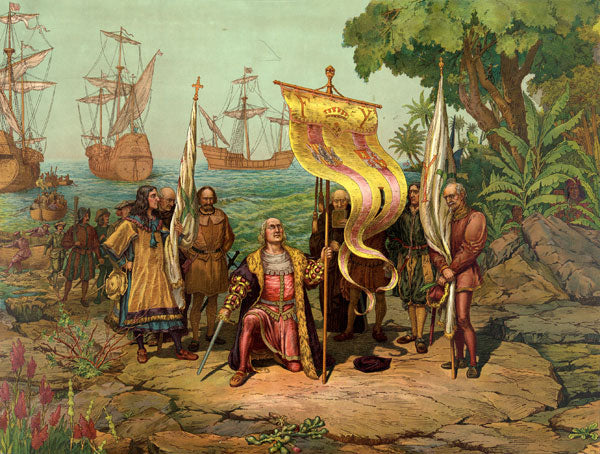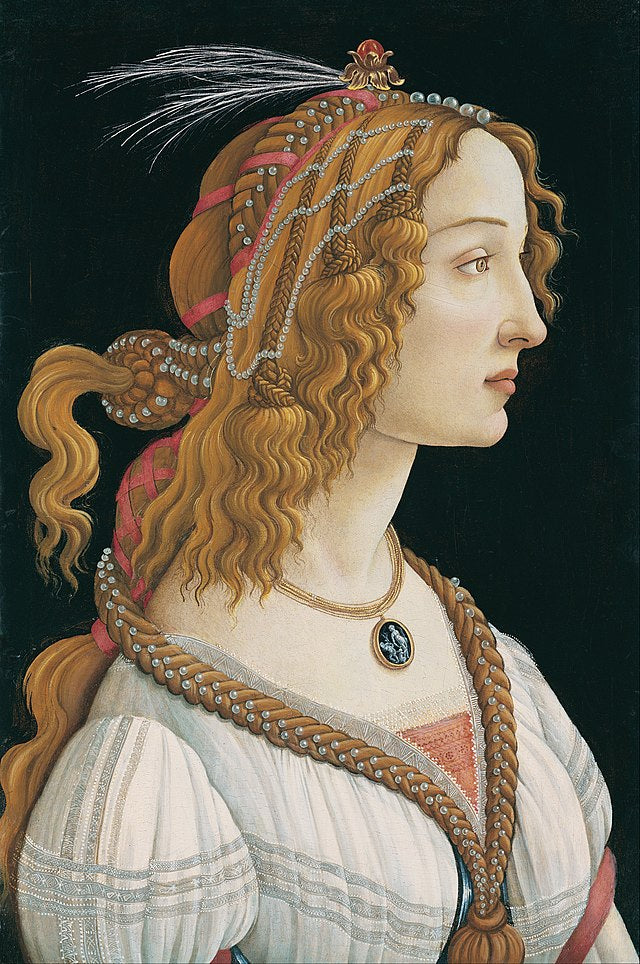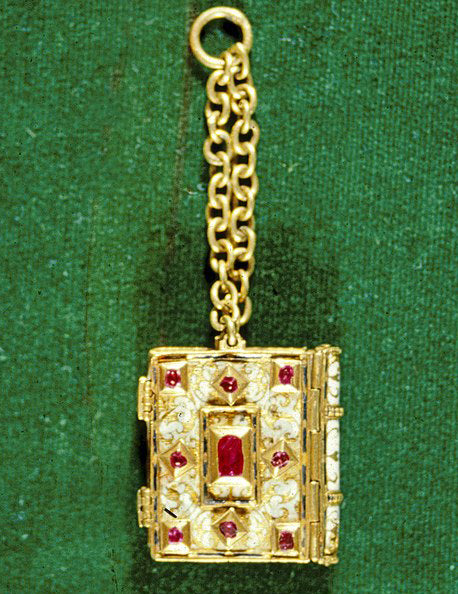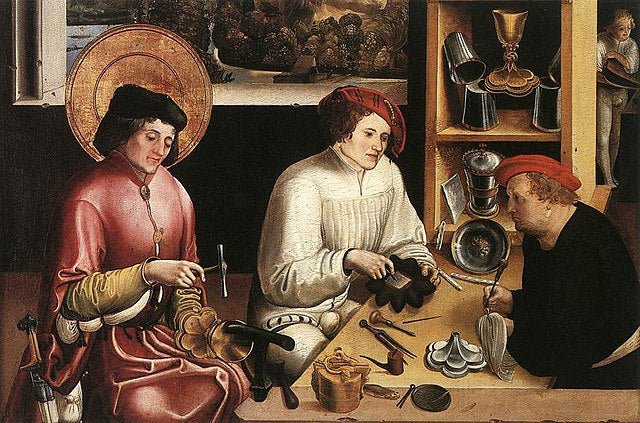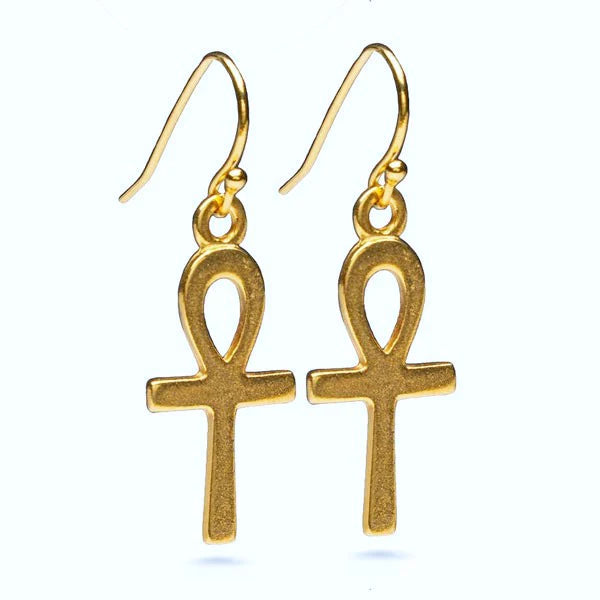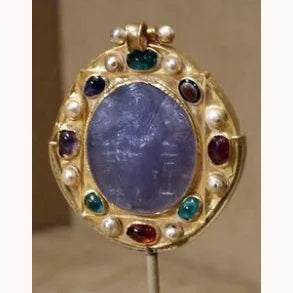
Photo on the top: Pendant/brooch with cameo of the enthroned Virgin and blessing Christ. Chalchonite cameo and sardonyx. Byzantine ca. 11th century, and included in the 14th century.
As far as the social order was concerned, the abundance in the second half of the 13th century led to a demand for gems and jewelry outside of court circles. To prevent these items from being worn by those in lower social strata, luxury laws were introduced. For example, in 1363, Edward III of England forbade families of artisans and freeholders from wearing "belts, collars, rings, garters, brooches, ribbons, chairs, seals, or any thing of gold or silver."
From around 1300, a wider variety of stones began to be used in jewelry. In addition to the four major gems - sapphire, ruby, emerald, and diamond - turquoise and topaz were also included, indicating Byzantine influence and a preference for a wider range of colors.
Up until 1300, the blue sapphire was the most valued gemstone, but in the following century, it was the red ruby that held this distinction. The more common spinet ruby was often used instead of the rare ruby and became known as the Balas ruby, named after its origin in Badakshan in northern Afghanistan.
The price of these spinet rubies was so high that they were given specific names. For example, Jean, Duc de Berry (1340-1416) owned gems such as The Great Balas from Venice, the Balas of Orange, which he acquired from two French courtiers, and the King of Rubies, which he received as a gift from his nephew Jean Sans Peur, Duke of Burgundy.
The art of smoothing, cutting, and faceting stones became more common from 1350. Diamond grinding was also done for the first time in that century. Historians believe that the elaborate grinding and faceting of stones began in the 15th century in the Netherlands, which later became the center for jewelers. However, the emergence of Amsterdam as the main seat of gemstone cutting occurred much later.
Until 1350, fine jewelry was made by goldsmiths and not by specialists such as jewelers, who only entered the scene in the 1370s.

